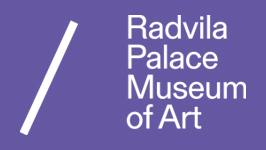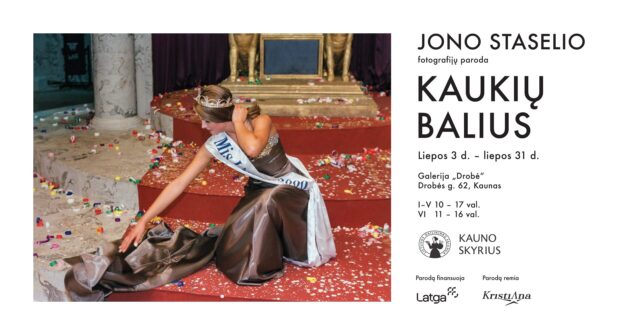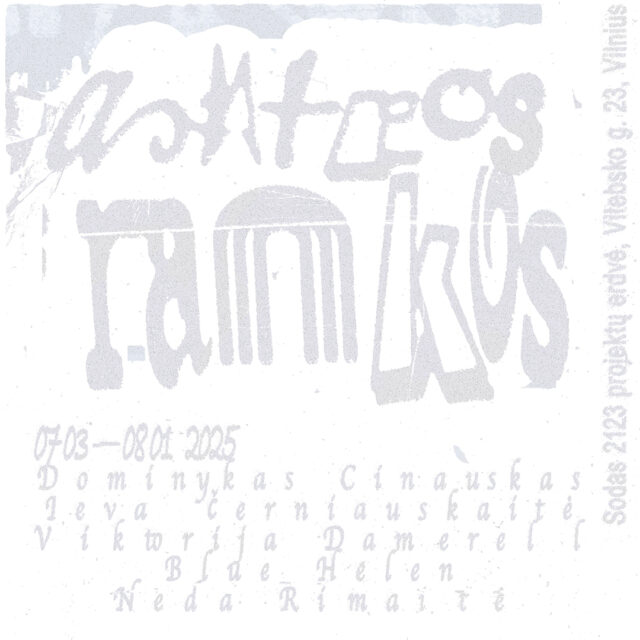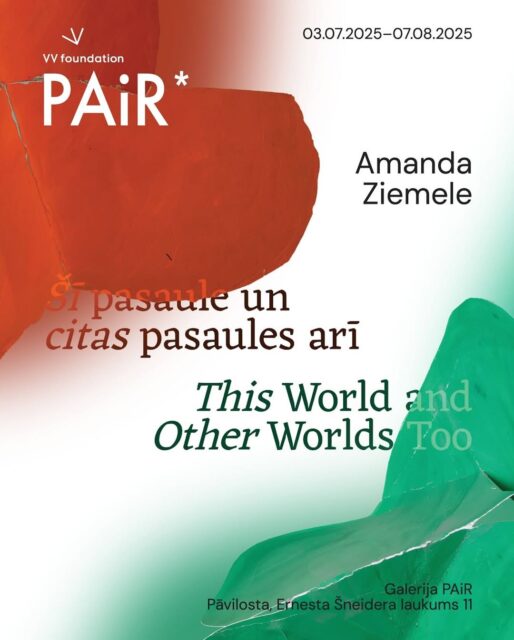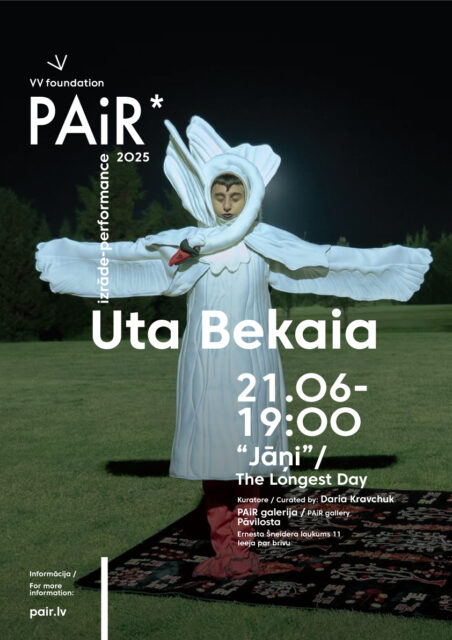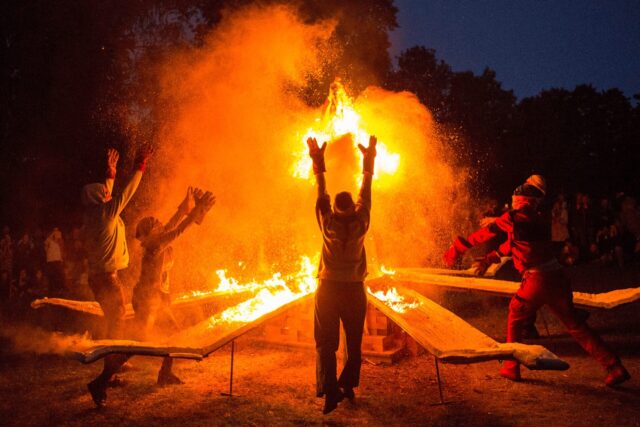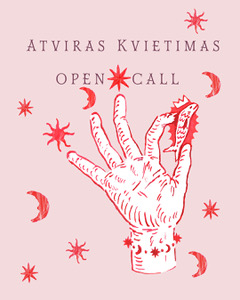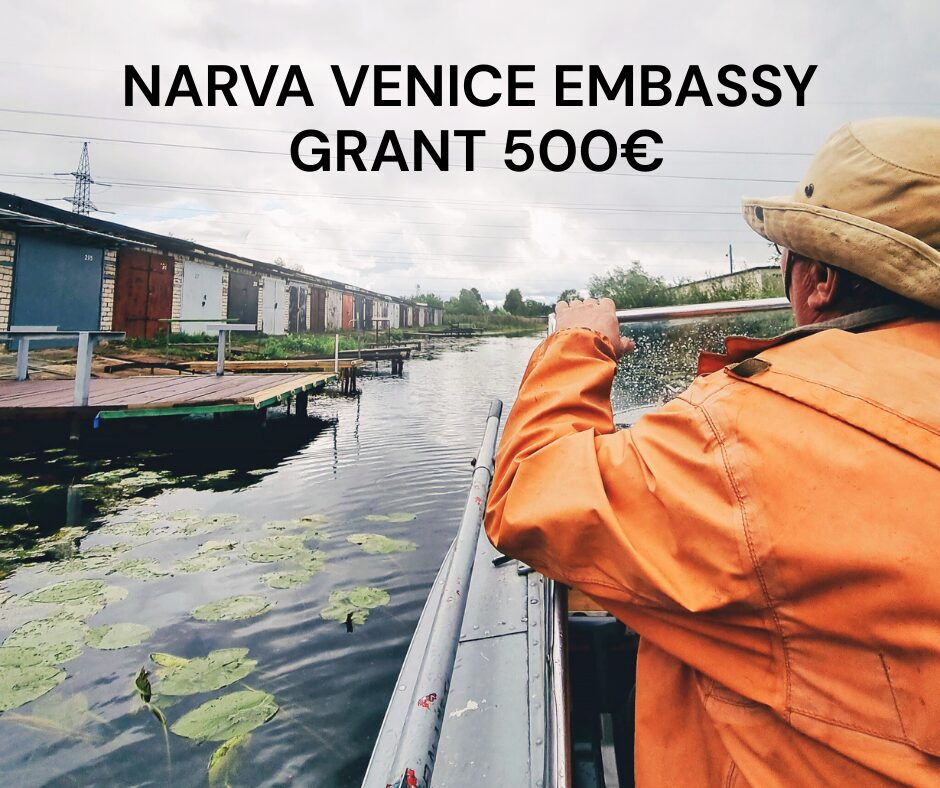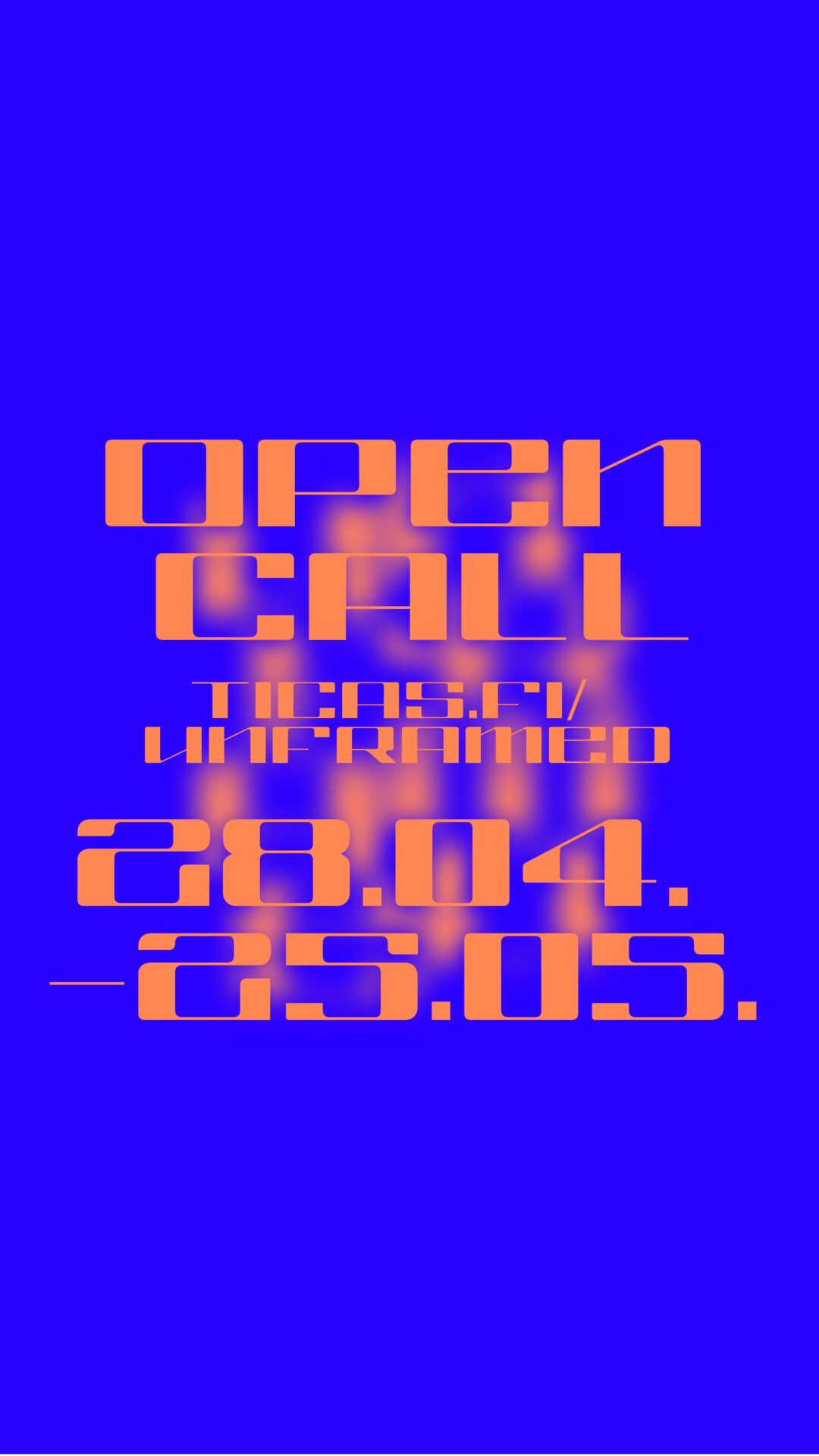Jaanus Samma is a visual artist based in Tallinn, Estonia. His interdisciplinary body of work exploring the representation of male sexuality and queer culture includes photography, video and installation, as well as knitwork and embroidery. In 2015, Samma represented Estonia at the 56th Venice Biennale with his project ‘NSFW. A Chairman’s Tale’, which explored gay history in Estonia during the Soviet era. In the following conversation, Samma discusses his approach to art and upcoming participation in the 14th Kaunas Biennial (Lithuania), Survival Kit 14 (Latvia) and the 35th Ljubljana Biennale of Graphic Arts (Slovenia).

Jaanus Samma. Riga Postcards, 2020. Digital print on silk, metal stands, flower arrangement. Photo: Ansis Starks
Justė Litinskaitė: A lot of your work is research-based. I heard you are very self-conscious when it comes to research, as you always try to avoid being superficial about historical events and social phenomena. What are the main challenges you face as an artist-researcher?
Jaanus Samma: The artworks have to be visually approachable. So you have to be superficial to some extent, summarising and simplifying things. That is always a struggle. Also, I don’t feel comfortable researching areas I know nothing about so I seek to collaborate with people who know more about the topic at hand. For instance, when I was working on ‘Riga Postcards’, a utopian project that features Soviet-era Riga as a gay tourist destination, I collaborated with Latvian historian Ineta Lipša.
JL: Your work is known for using folk motifs, national patterns and ethnographic artefacts that you often combine with elements of gay culture such as jockstraps. How did you first become interested in vernacular culture?
JS: My interest in crafts and various techniques has always been present in my work. When it comes to ethnographic art in Estonia, it is often talked about in a very narrow way. I was a bit bored by how it was being viewed and the lack of perspectives surrounding it. I think ethnographic art is very fruitful soil to work with and I felt encouraged to do so. When I first started, I thought it would be a one-time thing. But things always get more interesting as you go on. I have been working with ethnographic material for quite a few years now. However, I try not to get stuck in just one aesthetic.
JL: What I find interesting is that historically speaking, embroidery, knitting and so on were always considered to be very feminine art forms. Often, these mediums have been chosen by artists taking a feminist approach, however, your works mostly concern male sexuality. So there is this interesting switch here.
JS: That is definitely a fair point as I’m not the one usually making my craft-based works. Instead, I collaborate with professional craftspeople. Usually, I try to study the techniques used in my projects or at least observe how things are being made. It’s interesting that most of the people I collaborate with in the projects that include knitting and embroidery are, in fact, women.

Jaanus Samma. Personal Mythology, 2021,Wool. Photo from personal archive
JL: Could you tell me about some of your most remarkable, challenging or fun collaborations?
JS: I think the making of the video ‘NSFW. A Chairman’s Tale’ in collaboration with Marko Raat was probably my most exciting collaboration yet. Filmmaking combines so many different things: camera work, sound, props, actors… While Marko and I were the authors of the video, our team was so much bigger than my teams usually are. This experience was exceptional, although I enjoy all of my collaborations. Usually, I collaborate with craftspeople working in mediums such as weaving, embroidery, leather work or even metalwork. I highly value handicrafts and it’s a great privilege to work with artisans who carry on their respective traditions in a world that increasingly strives towards machine-like perfection.
JL: I wonder how these artisans and craftspeople react when you approach them with your artistic ideas.
JS: It’s funny, I have never had a single serious conversation about the topics I’m exploring with the craftspeople I collaborate with. I don’t know why. I almost always explain what I do but when I see they are only interested in technical things, I don’t bother them with the concept of the work. However, I must admit that when I started, I was afraid that craftspeople—oftentimes older than me—might be more conservative and not interested in working with me. But I was wrong and I have become good friends with many of my collaborators.
JL: Although your work addresses serious and sometimes very sensitive topics, quite often you take a humorous and playful approach in your storytelling. Is that a deliberate choice?
JS: It comes quite naturally. I always think of balancing things. When I show something difficult, I try to compensate for it with something nice. Of course, there are exceptions. For instance, ‘NSFW. A Chairman’s Tale’ was based on a true story and I felt I had to make it uncomfortable for the viewer to watch. I wanted to show the extreme nature of the protagonist’s experiences.

Jaanus Samma. Rug No. 17, 2022, Wool. Photo from personal archive
JL: What are you working on for the 14th Kaunas Biennial, Survival Kit 14 and the 35th Ljubljana Biennale of Graphic Arts?
JS: My work has three chapters, each of which will be presented at a different venue. Each venue will showcase three screen prints and a wedding rug, which will be different in Kaunas, Riga and Ljubljana. The project takes inspiration from a traditional Estonian wedding custom that persisted until the early 20th century. According to this custom, the bride would personally weave a rug for her wedding, representing a potent symbol believed to bring marital happiness. The wedding rug typically portrays the couple, along with significant objects like a farmhouse, horse and so on, as well as some geometrical folk elements. My rugs will be queer interpretations of these wedding rugs. The rug I will show in Ljubljana at first looks like an ethnographical object but on closer inspection, you can recognise some gay paraphernalia and fetish objects like a jockstrap or sport socks.
For Survival Kit 14 in Riga, I have dedicated the rug to Kristjan Jaak Peterson. He was a 19thcentury Estonian poet who spent most of his life in Riga as Latvia and Estonia were both part of Livonia back then and Riga was the capital. He was a very important poet—the first to write poems in Estonian—although he died at the age of 21. Somehow, it has been ignored that some of his love poems were dedicated to another man named Alo. Some literary scholars claim that this depiction of same-sex attraction present in Peterson’s work is due to his fascination with antique poetry but the majority of articles focusing on Kristjan Jaak Peterson’s work just choose to overlook this aspect. So this rug is an imaginary wedding rug for Jaak and Alo. As a happy side note, I’d like to point out that starting from January 1st 2024, same-sex marriages will be legal in Estonia. Maybe this will inspire neighbouring countries as well.
As for the rug I’m preparing for the Kaunas Biennial, I will focus on sauna traditions, which in urban settings have played a key role in gay cruising culture. There is no doubt that going back to the times of traditional peasant society, social rules were quite rigid and saunas were mostly used for hygiene and some medical procedures. But saunas have always been a place where social boundaries are more relaxed. In them, naked bodies are vulnerable and liberated from hierarchies that are often manifested through clothing.
14th Kaunas Biennial: Long-Distance Friendships will take place from August 25 to October 29 in Kaunas (Lithuania) at the Kaunas Central Post Office (Laisvės Av. 102) and P.A.R.A.K.A.S. (Prancūzų St. 2). The opening event will take place between August 25–26. More information: bienale.lt
Survival Kit 14:Long-Distance Friendships will take place from September 7 to October 8 in Riga (Latvia) at Vidzeme Market (Brīvības St. 90). Survival Kit 14 is organised by the Latvian Centre for Contemporary Art. More information: survivalkit.lv




